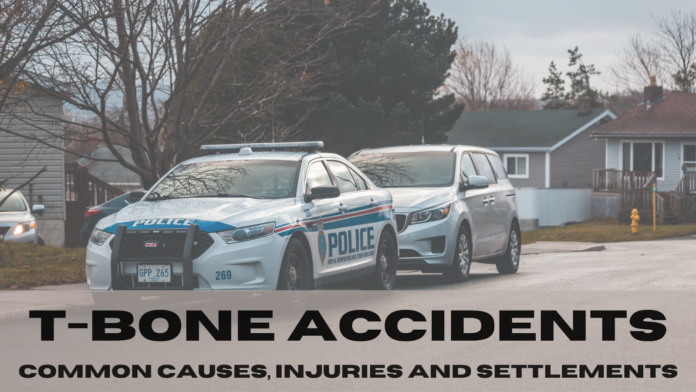When two cars collide, the damage is often classified into four groups: front-end, rear-end, sideswipe, or t-bone. This type of accident often leads to the most serious injuries because one car is struck by the driver on either side.
It is difficult to determine fault in a t-bone car wreck. Many times, both drivers share some degree of responsibility for the crash.
Types of fractures
Bone fractures are common injuries resulting from several different accidents or faults. A bone fracture is a break in the bone’s continuity. There are many different types of fractures, but they can generally be classified as closed or open fractures. Closed fractures do not break the skin, while open fractures involve a break in the skin.
The most common fracture type is a simple, clean break with no damage to the surrounding tissue. A compound fracture is a more serious type of fracture in which the broken bone protrudes through the skin. Compound fractures often require surgery to repair and lead to infection and other complications.
Bone fractures can occur anywhere in the body, but some bones are more commonly fractured than others. Therefore, you must seek immediate medical help for bone fracture.
Other types of fractures
-Comminuted fracture: A fracture in which the bone shatters into many small pieces.
-Greenstick fracture: A fracture in which the bone is bent but not broken.
-Pathologic fracture: A fracture that occurs due to a weakened bone, such as cancer or osteoporosis.
What is a T-Bone Accident?
A t-bone accident is a type of automobile collision that occurs when the front end of one car strikes the side of another car. The name comes from the shape of the vehicles involved in the crash, which resemble the letter “T”. These accidents are often serious and can result in serious personal injuries for those involved.
One of the most common causes of t-bone accidents is when a driver fails to yield to oncoming traffic. This can happen when a driver turns left at an intersection or pulls out into traffic from a stop sign or driveway. In these situations, the oncoming car hits the side of the turning vehicle, leading to a t-bone accident.
Common Causes of T-Bone Accidents
A T-bone accident happens when the front of one car hits the side of another car. These accidents are often very serious because the cars hit each other with a lot of force. The drivers and passengers in the cars can be injured or killed.
T-bone accidents happen when one driver runs a red light or turns into the path of another car. They can also happen when one car is trying to pass another car, and there is not enough room.
Drivers can avoid T-bone accidents by always obeying traffic laws and being aware of their surroundings. They should also use caution when turning or passing and ensure there’s enough room to do so safely.
There are three types of fault in a collision:
A driver is considered at fault if they were inattentive or otherwise “not paying attention” and caused the accident or speeding and didn’t brake properly.
The car is considered at fault if it was being driven recklessly or defective and caused the accident.
The pedestrian is considered at fault if they were outside the crosswalk or weren’t paying attention and caused the accident.
Injuries Associated with T-Bone Accidents
When driving and hitting a pedestrian, the car’s bumper is likely to hit the person in the torso, leading to a t-bone accident. This type of accident often leads to serious injuries for pedestrians. In fact, according to the National Highway Traffic Safety Administration, t-bone accidents are among the most deadly types of crashes.
These accidents are so dangerous because they involve two large objects crashing into each other head-on. The force of this impact can cause severe injuries to the pedestrian, including:
• Broken bones
• Head injuries
• Spinal cord injuries
• Internal organ damage
If you are involved in a t-bone accident, it is important to seek medical attention immediately. You may also want to discuss your legal options with a personal injury lawyer.
The Typical Settlement for a T-Bone Accident
If you are injured in a t-bone accident, you may be wondering what kind of settlement you can expect. Unfortunately, there is no easy answer, as every case is unique. However, car accident lawyers will often look at several factors for determining a settlement amount, including fault in the accident, the extent of injuries suffered, and lost wages.
Conclusion
There is no definitive answer regarding who is at fault for a t-bone accident. Determining fault can be complicated and often requires the expertise of a personal injury lawyer. Some factors that may be considered include driver negligence, road conditions, and the type of vehicle involved in the accident. Suppose you have been injured in a t-bone accident. In that case, it is important to speak with an experienced personal injury lawyer as soon as possible to determine the best course of action.
































